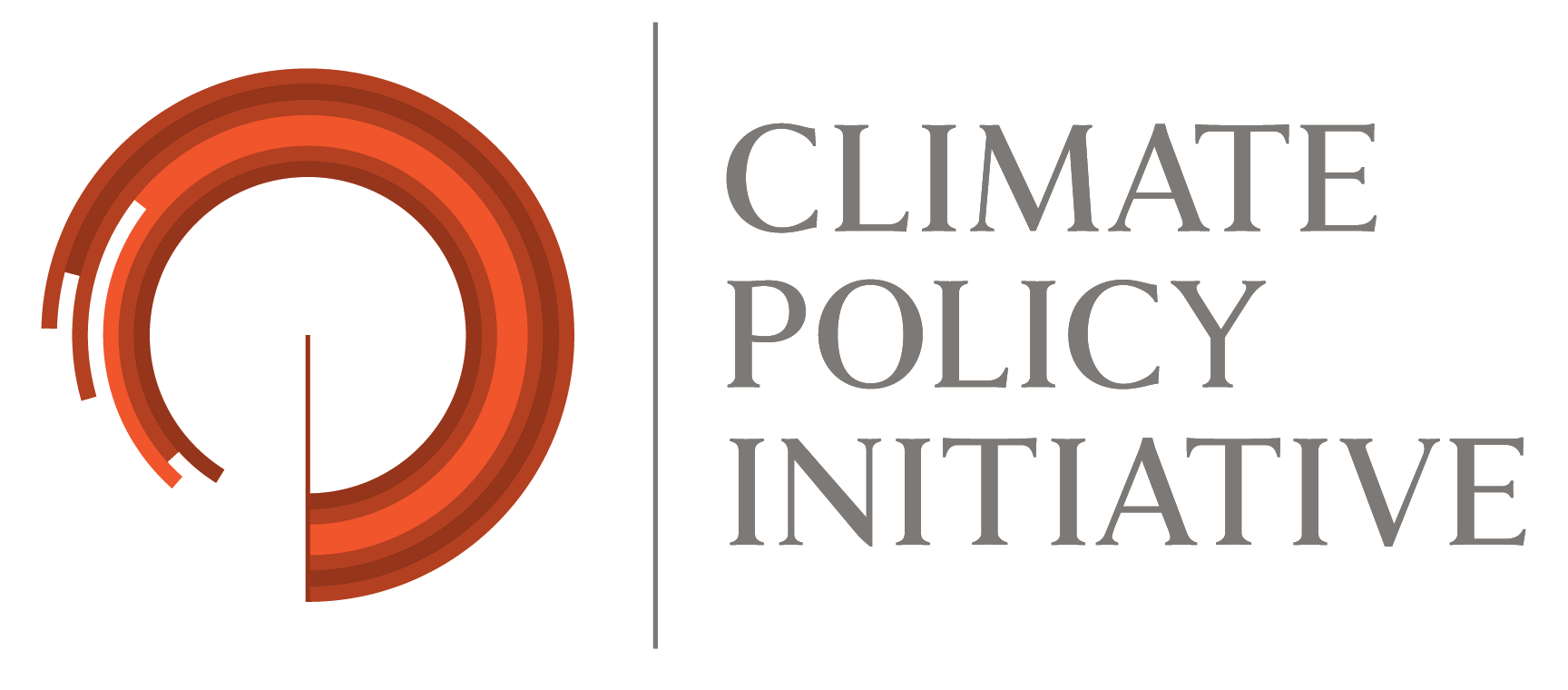CPI’s recent Climate-Aligned Investments in Indonesia’s Financial Sector found a substantial investment gap of approximately USD 146.4 billion (a deficit of 51%) to meet the 2030 ENDC targets. Over the period of 2015 – 2021, public and private financial institutions (FIs) had only contributed USD 41.7 billion in climate finance, accounting for around 15% of Indonesia’s needs. Moreover, climate finance from private FIs, mostly from commercial FIs, represented only 3% of their total investments — pointing to immense potential to further scale up the alignment of private sector investment with Indonesia’s climate and sustainability goals.
A progressive approach in aligning Indonesia’s financial system with the UN Sustainable Development Goals could help fill the climate investment gap. The Omnibus Law on Financial Sector Development and Strengthening (P2SK Law / Law No 4 Year 2022), issued in 2022, emphasizes that a sustainable finance ecosystem must have holistic support in the form of policies, regulations, norms, standards, products, transactions, and financial instruments that acknowledge the transition period and activities necessary for sustainable economic growth.
The latest key updates to financial sector regulations have been aptly designed to support national decarbonization strategies and sectoral policy developments, in line with global sustainable finance initiatives. These include: (i) the recently launched Version 1 of Indonesia Taxonomy for Sustainable Finance (TKBI) in February 2024 and TKBI Version 2 in February 2025 as an enhancement of the 2022 Indonesia Green Taxonomy, as well as, (ii) OJK Regulation No 18 Year 2023 (POJK 18/2023) on the Issuance and Requirements for Debt Securities and Sustainability-Based Bonds and Sukuk, which amended OJK Regulation No 60 Year 2017 (POJK 60/2017).
While such alignment of Indonesia’s national agenda with international initiatives is crucial, the following key barriers to sustainable investment must also be addressed:
- Contradictory policies that continue to hinder climate-aligned investment. For instance, fossil fuel subsidies account for 9% of Indonesia’s total state expenditure, while climate spending only accounts for 6%, creating market disincentives for decarbonization initiatives. Uncertainties in regulatory frameworks, as well as changes in political and market landscapes (e.g., foreign exchange risks, demand fluctuations), heighten investor perception that climate-aligned investments are more expensive and riskier than traditional investments. Such perceptions impact project outcomes and ultimately potential returns, which may further deter investment despite the availability of funds.
- Financing mismatch between the investment needs of climate-aligned projects and the various constraints faced by finance providers. While climate-related projects are often capital-intensive and have long life cycles, finance providers such as commercial banks are often constrained in providing long-term financing due to their reliance on short-term deposits and other debt-financing instruments such as corporate bonds, issued with a tenor of three or five years. Longer tenors may incur higher interest rates and greater project risks, especially in the early development and construction stages. Challenges in securing permits and licenses may result in project delays and cost overruns. To compensate for these risks, finance providers usually impose higher borrowing costs (e.g., interest rates, collateral), which may burden projects in the long run or make them commercially unviable altogether.
To overcome those barriers, this report presents a deep dive into Indonesia’s climate-aligned finance policy nexus, culminating in the following policy recommendations to streamline financial sector policies to scale up climate-aligned investment and enable alternative financing instruments to support Indonesia’s transition:


